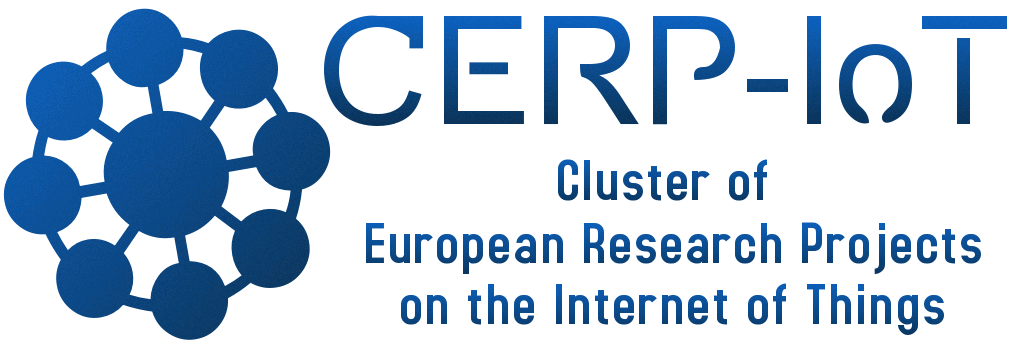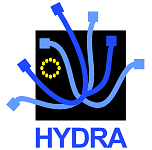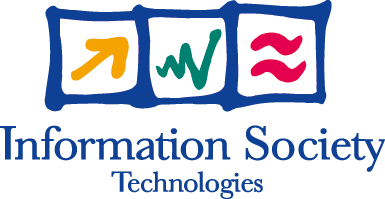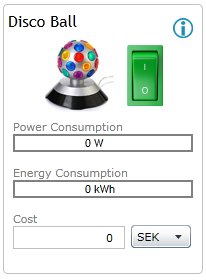- 09 Jun 2007
- Related projects
- 5088 Reads
Full Name: | MIT Project Oxygen – Pervasive, human-centered computing | |
Basic data: | Consortium: | MIT
(USA) project sponsored and participated by created Oxygen Alliance –
Acer, Delta Electronics, Inc., HP, Nippon, Nokia, Philips, IPTO
(Information Processing and Technology Office) |
Website | http://oxygen.csail.mit.edu/ | |
Description: |
Oxygen enables pervasive,
human-centered computing through a combination of specific user and
system technologies. Computational devices, called Enviro21s
(E21s), can sense the user's presence in an environment. Handheld
devices, called Handy21s (H21s), helps to communicate and compute while
the dynamic self-configuring networks (N21s) help the devices to locate
each other as well as the people, services, and resources they want to
reach. The software which runs on these devices is programmed to
adapt either to the changes in the environment or with respect to the
user requirements (O2S). To summarize, Oxygen has a
network based on decentralized proxies where each proxy maintains their
local devices and makes sure that the communication is secure. This
decentralization aids in privacy, i.e. users can locate what they need
without having to reveal their own location. The communications
have a security model based on SPKI/SDSI depending on the processing
power/ memory of the devices. Having two different protocols
allows it to run a computationally inexpensive protocol on impoverished
devices and a sophisticated protocol for resource authentication and
communication on more powerful devices. The advantage of this
model is the decentralization it provides; but it fails to give a
total-human-centered approach as it uses trusted proxies. | |
| Relevance to HYDRA: | Oxygen project introduces various design approaches, which can be very important for HYDRA. Intentional naming system provides scalable, dynamic resource discovery and message delivery. Concept of dynamic, self-configuring networks enabling the devices to locate each other as well as the people, services, and resources they want to reach, in addition, software on devices, adaptable to particular environmental changes is extremely relevant for HYDRA. Solution to the security issues, such as SPKI/SDSI access control lists and self-certifying file system and decentralized proxy-based communication should be adapted in the HYDRA platform. | |





 The Hydra project is co-funded by the
The Hydra project is co-funded by the 


